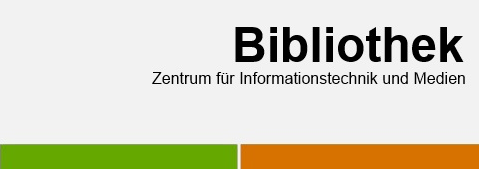Filtern
Welding and joining of components processed by additive manufacturing (AM) to other AMas well as conventionally produced components is of high importance for industry as thisallows to combine advantages of either technique and to produce large-scale structures,respectively. One of the key influencing factors with respect to weldability and mechanicalproperties of AM components was found to be the inherent microstructural anisotropy ofthese components. In present work, the precipitation-hardenable AleSi10Mg was fabri-cated in different build orientations using selective laser melting (SLM) and subsequentlyjoined by friction stir welding (FSW) in different combinations. Microstructural analysisshowed considerable grain refinement in the friction stir zone, however, pronouncedsoftening occurred in this area. The latter can be mainly attributed to changes in themorphology and size of Si particles. Upon combination of different build orientations aremarkable influence on the tensile strength of FSW joints was seen. Cyclic deformationresponses of SLM and FSW samples were examined in depth. Fatigue properties of thisalloy in the low-cycle fatigue (LCF) regime imply that SLM samples with the building di-rection parallel to the loading direction show superior performance under cyclic loading ascompared to the other conditions and the FSW joints. From results presented solid process-microstructure-property relationships are drawn.


